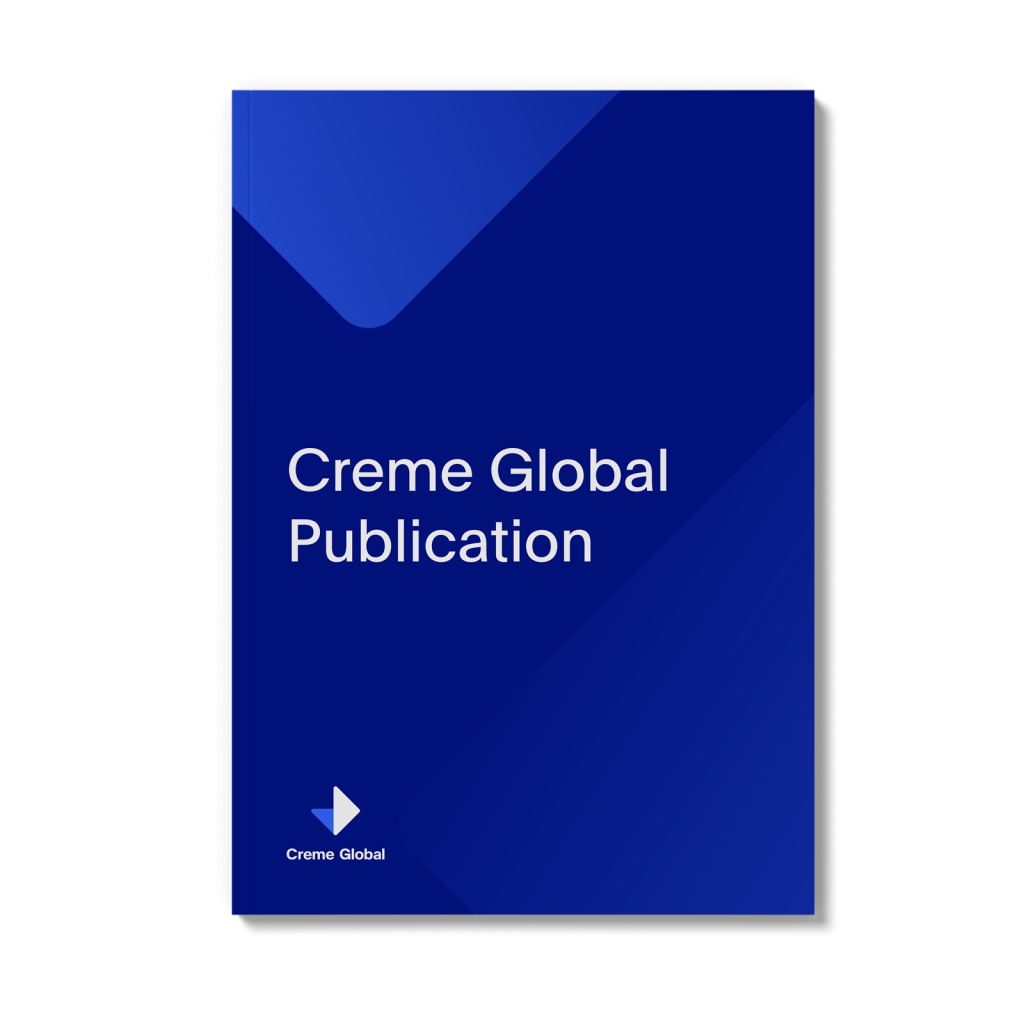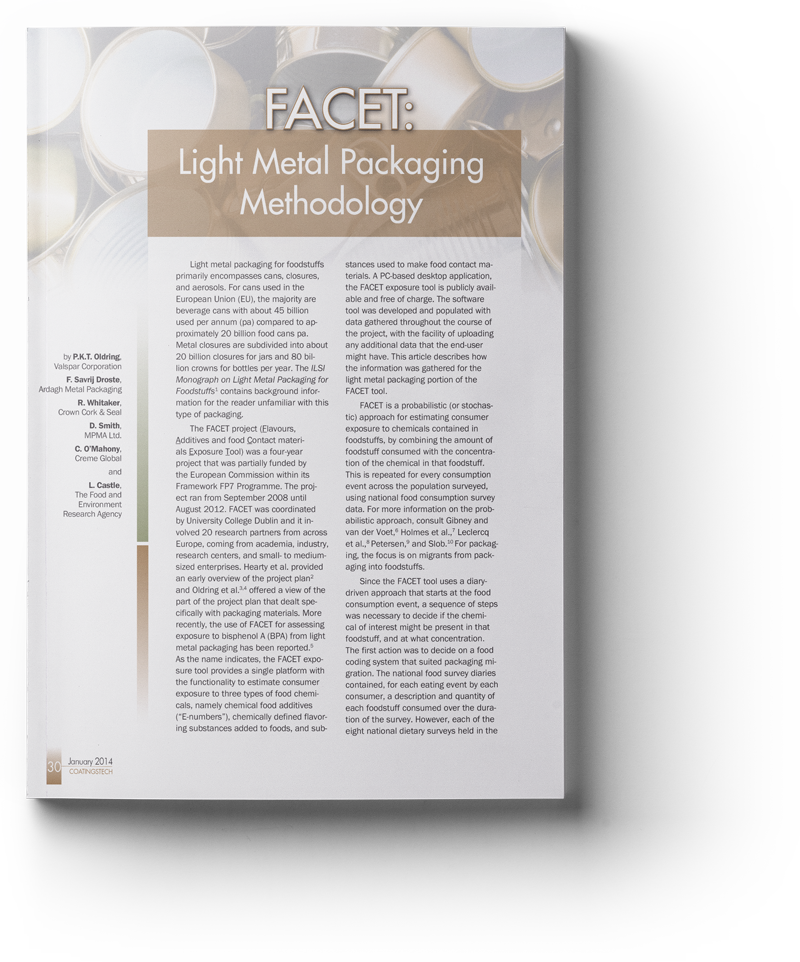The aim of this study was to assess the dietary exposure of 13 priority additives in four European countries (France, Italy, the UK and Ireland) using the Flavourings, Additives and Contact Materials Exposure Task (FACET) software. The studied additives were benzoates (E210-213), nitrites (E249-250) and sulphites (E220-228), butylated hydroxytoluene…
Authors: Vin K, Connolly A, McCaffrey T, McKevitt A, O’Mahony C, Prieto M, Tennant D, Hearty A, Volatier JL.
Publication date: 04/12/2013

